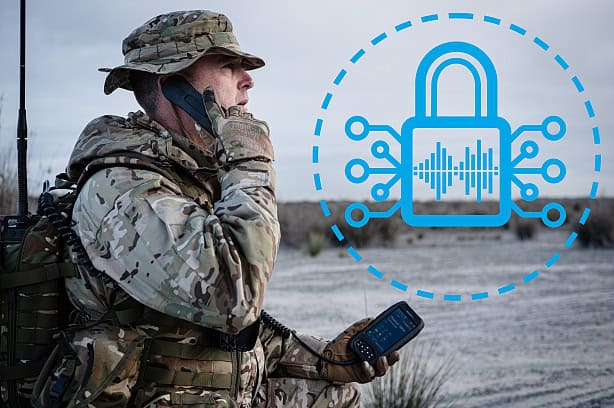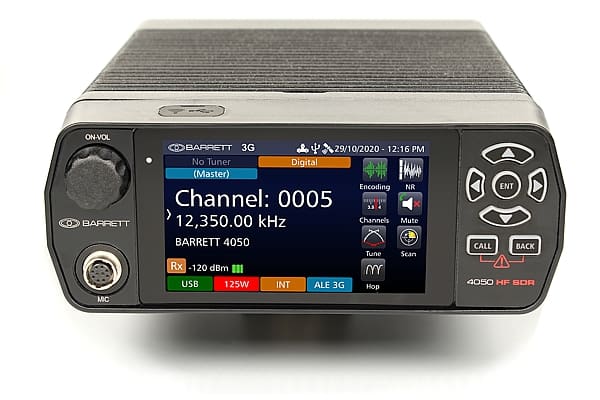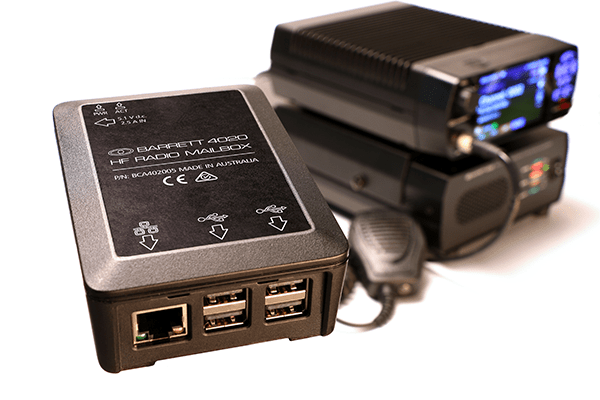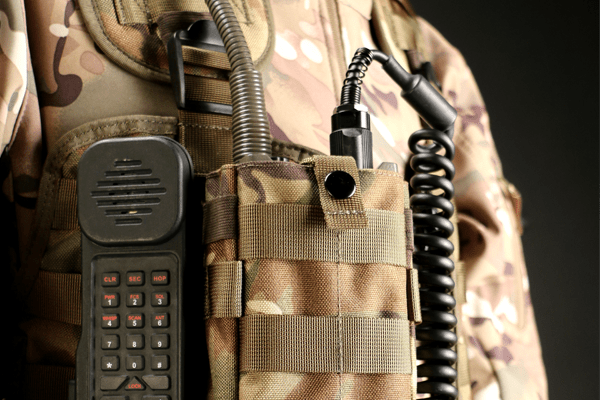How rapidly can HF radio be deployed for disaster recovery?
How rapidly can HF radio be deployed for disaster recovery?

When natural disasters knock out crucial communications infrastructure, high frequency (HF) radio works as an effective fallback solution. By getting the right equipment into place, response teams can establish secure channels for transmitting voice, text and data in and out of a disaster zone.
But how quickly can an HF radio system be deployed when needed? Let’s examine this through a hypothetical scenario – a powerful hurricane striking the southern United States.
Landfall – 10:20 a.m.
Hurricane Clyde, a category 3 storm, hits Florida’s northeast coast. With wind speeds up to 120 miles per hour, it is expected to cause significant damage. Residents have been advised to relocate or seek refuge at open shelters.
Sweeping power outages – 10:45 a.m.
High-speed winds uproot trees across St. Johns and Duval counties, knocking out electricity and phone service for large areas around St. Augustine and Jacksonville. At this point, communication capabilities are down throughout the area hit by the hurricane.
HF radio deployed – 10:50 a.m.
Emergency response teams are instructed to switch over to HF radio for primary communications. Most emergency response field offices have an HF radio system in place, powered by a generator and ready to operate.
At the same time, a communications support team is dispatched to a school in St. Johns County being used as a shelter. This team is equipped with an HF transceiver, a power supply, a 2019 HF vehicle-mounted antenna and a portable rapid-deploy 125-watt dipole antenna.

Communications support team arrives at shelter – 11:10 a.m.
Operators park the vehicle at the school and begin setting up. They identify the school’s flagpole as an ideal temporary mast, so they use it to support the portable base station antenna.
Antenna is in place – 11:35 a.m.
With the portable base station antenna installed and secured, the team at the shelter is now able to contact all other locations with an HF radio.
Data connection established – 12:10 a.m.
The communications support team finishes setup of the Barrett Communications 2020 data system, enabling email and fax transmission through the HF radio. This system transmits large files – such as National Incident Management System (NIMS) and Incident Command System (ICS) files in a matter of minutes.
Less than two hours after the hurricane made landfall, voice and data communication has been restored for key locations throughout the affected area. For more information about HF radio in disaster relief, contact Barrett Communications.
To learn more about HF radio basics, watch our video.







